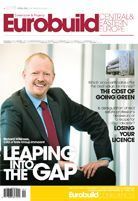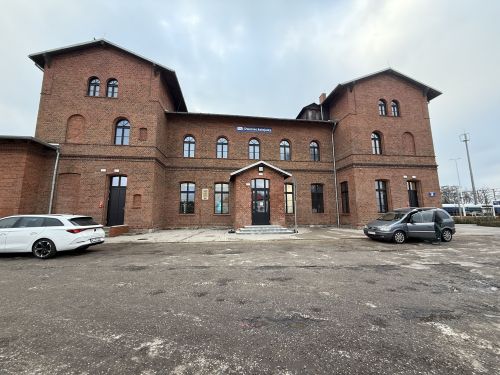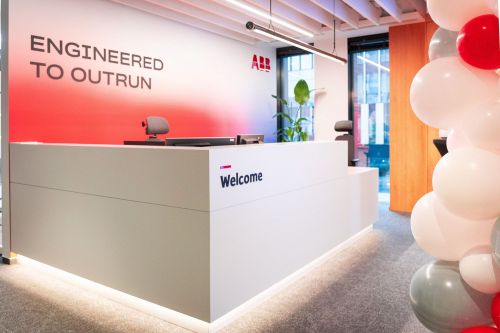Developers that go green are cast adrift in a sea of acronyms, such as: BEAM, BREEAM, CASBEE, DGNB, LEED, ECB, HQE - to name but a few. However, most rating systems fail to provide any form of international certification. So when it comes to globally recognised standards, the choice is more limited. Developers have a practical choice of just three: British-based BREEAM, US-based LEED and German-based DGNB. Which one is the most expensive and which offers the best value for money?
Comparing chalk and cheese?It is difficult to compare the three schemes, but the most popular in the CEE is BREEAM (Building Research Establishment's Environmental Assessment Method) with 77 buildings registered in Poland, 18 in the Czech Republic and 17 in Hungary. But it is also the oldest, having been launched in 1990. LEED (Leadership in Energy and Environmental Design) was established in 2000 and has around 50 registered projects in Poland. DGNB (Deutsche Gesellschaft fűr Nachhaltiges Bauen) only appear






























































